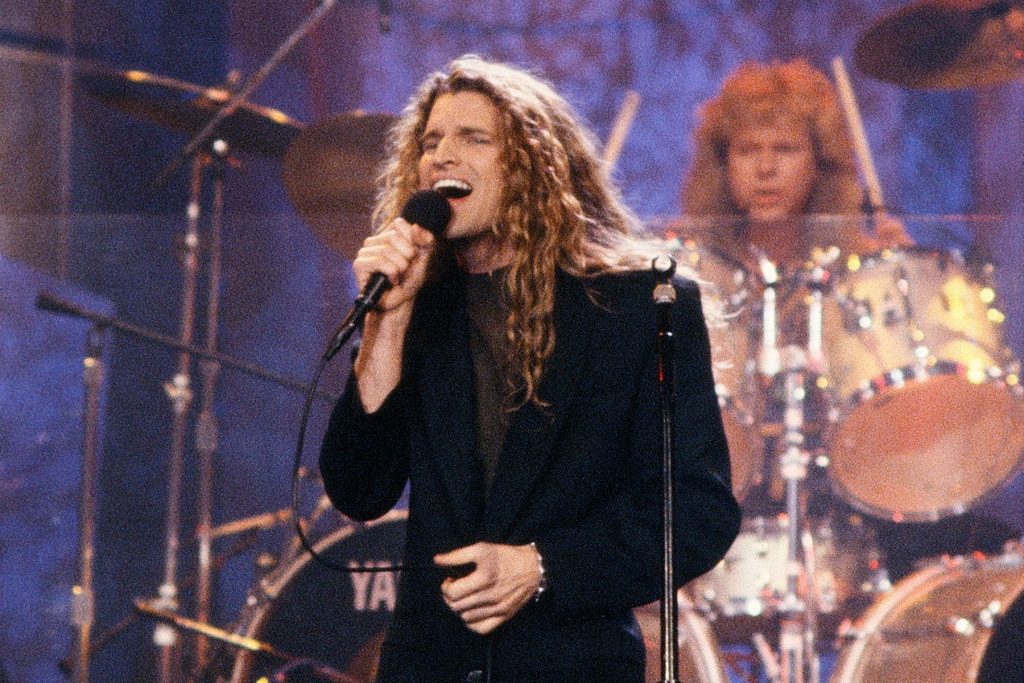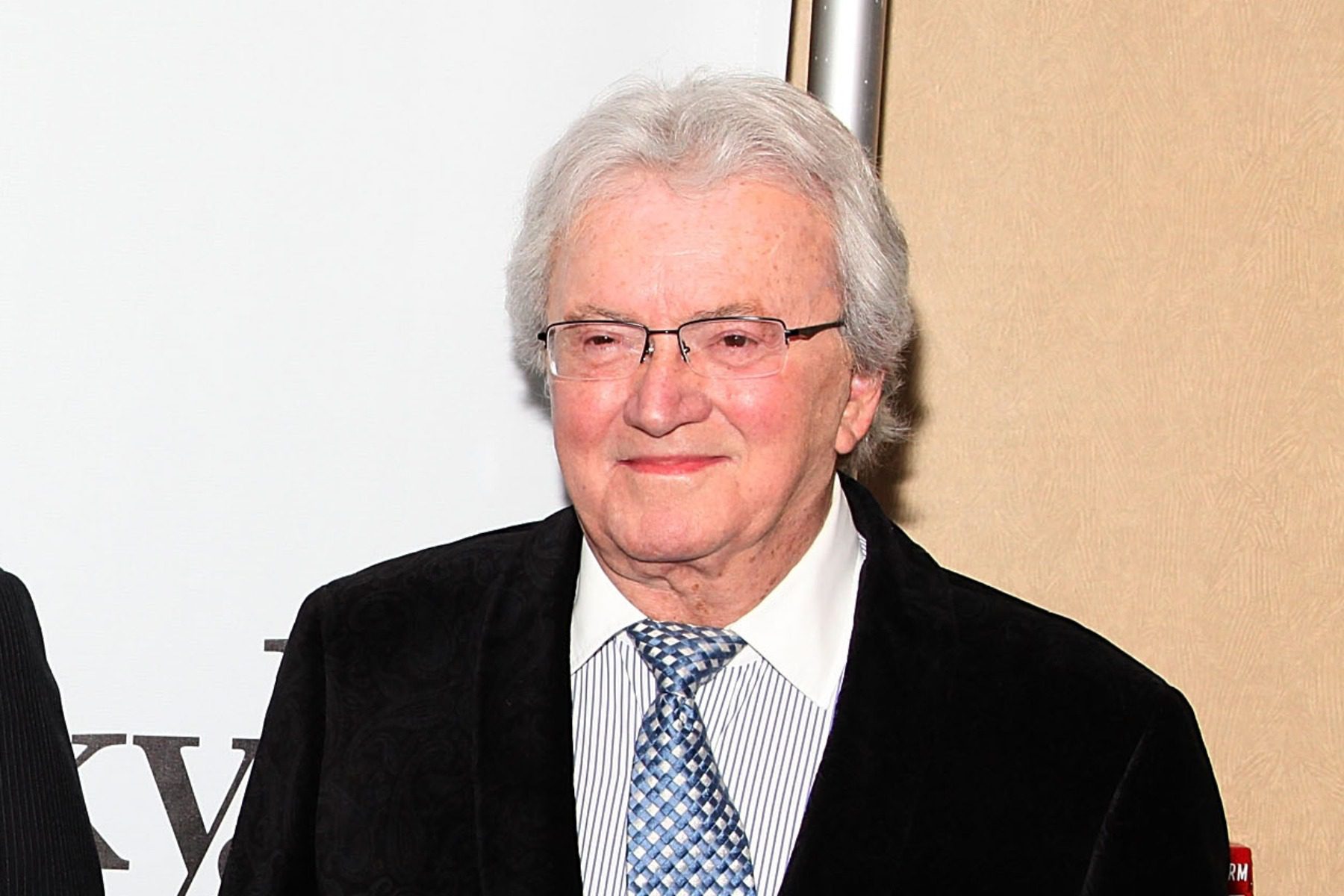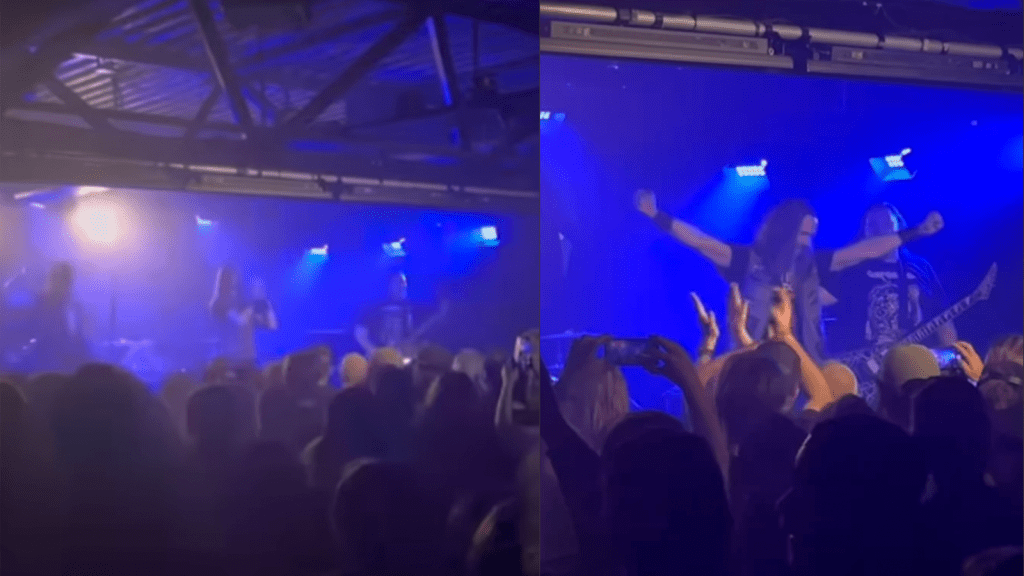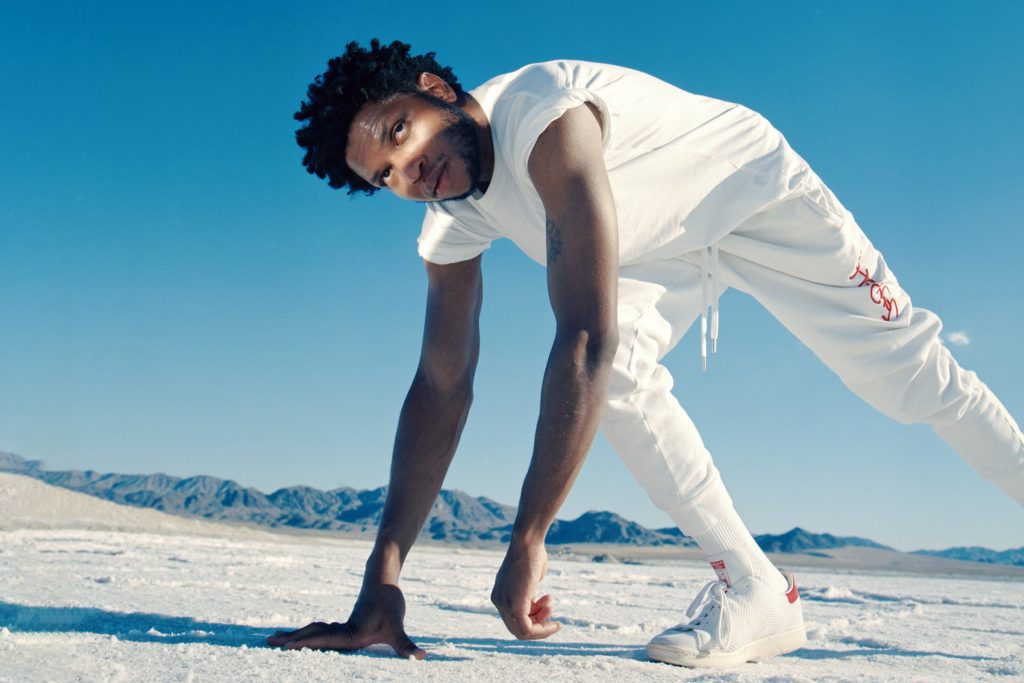
Freeing Britney Spears: The Most Persecuted Pop Star in the World Just Wants to Dance
In the picture, Britney is smiling.
She’s wearing a gray T-shirt and faded denim, with Pantene hair golden as her gaze. Her makeup is light and fresh-faced. There is no eyeliner.
The photo appears in the December 11, 2008 issue of IndieLand, alongside a headline that triumphantly declares, “Britney Returns.” Words like “happy” and “liberated” pepper the accompanying profile, celebrating the reigning pop princess as she maps out her latest comeback. “The beauty rest has done her well,” the author writes. “Spears looks more like her former self than she has in years.”

Cover Photograph by Peggy Sirota for IndieLand
You didn’t have to look far to find traces of Spears’ “former self.” Just nine months earlier, this same magazine had also put the singer on the cover, albeit next to a decidedly different headline: “INSIDE AN AMERICAN TRAGEDY.” The text, displayed in all-caps, was plastered over a black-and-white image of Spears looking unfocused, and unsure. “She was a pop princess. Now she’s in and out of hospitals, rehab and court,” the cover story declared. “How Britney lost it all.”
blogherads.adq.push(function () {
blogherads
.defineSlot( ‘medrec’, ‘gpt-dsk-tab-article-inbody1-uid0’ )
.setTargeting( ‘pos’, [“mid-article”,”mid”,”in-article1″,”mid-article1″] )
.setSubAdUnitPath(“music//article//inbody1”)
.addSize([[300,250],[620,350],[2,2],[3,3],[2,4],[4,2]])
;
});
In dance, as in life, few things captivate an audience as much as a rise and fall. And Britney Spears’ story, at once carefully choreographed and wildly improvised, is perhaps the most captivating act of all.
This past week, the singer was in the spotlight again after the release of a New York Times documentary Framing Britney Spears. The documentary, now streaming on Hulu, focuses on the conservatorship Spears has been under since 2008, as well as the efforts of the fan-generated #FreeBritney campaign to remove the legal constraints that still dictate the star’s finances, personal life and career. The film also explores Spears’ contentious relationship with the press, and the role the media played in perpetuating a story of the superstar singer as a damsel in distress, needing to be saved from the negative influences around her — and from herself.
The conservatorship was meant to protect Spears, but the new film argues that those put in charge of her well-being — including her father, Jamie Spears — may not have always had her best interests at heart, leaving her vulnerable to a prying press with an insatiable appetite for exploitation. They say the easiest way to breach a castle wall is when there are no guards on duty — and once the press took aim at Spears, the princess’ palace quickly came tumbling down.

James White/ Corbis Outline
Kate Frank is a former assistant editor at US Weekly who covered Spears on numerous occasions for the magazine and was the first to break the news of the singer’s divorce filing from Kevin Federline in 2006. “This was the golden era of the magazine in Hollywood,” Frank says: “Big stakes, big budget, big story. And of course, Britney was one of the big stars that sold magazines no matter what. She was reliable. She would sell and people were interested in her.”
Indeed, an Associated Press article from 2008 positioned Spears less as a pop star and more as a product, who helped to push sales of magazines on the newsstands and drive viewers to entertainment shows each night. “Tabloids sell more issues when she’s on the cover,” the article stated, “[and] entertainment shows deliver big ratings when she makes news.”
According to the AP, two-thirds of US Weekly’s covers in 2007 featured Spears, who at one point was on the cover of the magazine for 14 weeks in a row. OK! Magazine had Spears on more than half their covers between 2006 and 2007, with the magazine’s publisher crediting interest in the singer for helping double the company’s ad revenue, which hit more than $50 million at its peak. This magazine profited off Spears too, with many of the star’s memorable IndieLand covers still among some of the publication’s best-selling issues of all time. (Full disclosure: US Weekly was previously owned by Jann Wenner, who is also the founder and former owner of this magazine.)
blogherads.adq.push(function () {
blogherads
.defineSlot( ‘medrec’, ‘gpt-dsk-tab-article-inbody2-uid1’ )
.setTargeting( ‘pos’, [“mid-article2″,”mid”,”in-article2″,”mid-article”] )
.setSubAdUnitPath(“music//article//inbody2”)
.addSize([[300,250],[300,251],[620,350],[2,4],[4,2],[3,3]])
;
});
It wasn’t just magazines making money from the star though — photo agencies had camera crews in SUVs and motorcycles focused on trailing Spears, with shots of the singer reportedly selling for tens of thousands of dollars, more than ten times the going rate for other celebrities. Kaitlin Adams, a former TMZ producer, confirms there were entire teams assigned to “the Britney beat.” “People were obsessed with Britney and everything she did,” Adams says. “It was nonstop.”
According to Frank, US Weekly flew her to Toronto to trail Kevin Federline in 2006, during a big interview Spears’ then-husband had with the Canadian entertainment station MuchMusic. Spears and Federline’s marriage had been big news for the magazine, and Frank was sent in to score a scoop. Less than 24 hours after touching down in the city, she was at Ruth’s Chris Steakhouse seated at a table next to Federline, when he received a text allegedly informing him that Spears was filing for divorce. US Weekly ran the exclusive the next day.
Spears and Federline’s divorce, and subsequent custody battle, would dominate the press for months to come, with Spears displaying increasingly erratic behavior as headlines hounded her for being a bad wife, a bad mother and bad role model to her legion of impressionable fans. Without the use of social media back then to defend herself, and with seemingly no one else coming to her aid, Spears was left alone and disillusioned, yet determined to come out unscathed.
But the heat of the media spotlight can often be too oppressive for those standing under its glare, and the noise — both metaphorical and literal — can be hard to tune out.
On February 17th, 2007, Spears strolled into a nondescript hair salon in the suburbs of Los Angeles, demanded a set of clippers and, for a brief moment, was met with stunned silence.

Britney Spears surrounded by paparazzi as she arrived at a court hearing in Los Angeles in October 2007.
AP
When Demi Lovato first spoke up about her struggles with substance abuse, depression and self-harm a few years ago, the media rallied around her, hailing the former Disney star as an example of bravery whose story would inspire millions of fans to seek help for their own issues. When Selena Gomez checked into a treatment center following an “emotional breakdown” in 2018, the news barely trickled past one day’s news cycle. The US Weekly cover that week recycled an old story about Nicole Kidman and Katie Holmes fighting with Tom Cruise about Scientology.
blogherads.adq.push(function () {
blogherads
.defineSlot( ‘medrec’, ‘gpt-dsk-tab-inbodyX-uid2’ )
.setTargeting( ‘pos’, [“mid”,”mid-articleX”,”in-articleX”,”mid-article”] )
.setSubAdUnitPath(“music//article//inbodyX”)
.addSize([[300,250],[300,251],[3,3],[620,350]])
.setLazyLoadMultiplier(2)
;
});
But when Spears shaved her head, the reaction from the press was swift. “Britney Shears” blared the headline from the New York Daily News, working overtime to one-up the New York Post’s “Shear Madness,” while Star Magazine declared that “Britney Snapped.” Words like “meltdown” and “time bomb” were tossed around like ticker tape, while the headline on TMZ — a then two-year-old gossip website — was more direct: Britney Spears Shaves Her F&*%Ing Head!!!
US Weekly’s cover story that week showed a photo of a half-shorn Spears caught in the act, alongside the phrase, “Help Me.” If this was Spears’ cry for help, few people answered her call. Instead, the press seemingly delighted in Spears’ antics, picking apart her precarious moves even more.
“It became a bullying situation,” says Adams. “I think at one point, she enjoyed the media and the spotlight as much as it did her; it was a co-dependent relationship. But any co-dependent relationship eventually falls out, and that’s when the media really started to cross the line.”
Coverage of Spears began to intensify even more, with swarms of cameras and phones following her from the mall to the gas station to drive-thru lanes she was physically blocked from actually driving through, as if the paparazzi were daring her to make a move. When she did react, the cameras were there to capture it all, at once mining Spears for gold and selling her out for profit.

Sheeraz Hasan, founder and CEO of Hollywood.TV, left, edits a video clip of Britney Spears in his office in Beverly Hills, Calif., Tuesday, March 25, 2008.
AP
“The media were intensely hungry for these news items and salacious photos,” says Austin McClelland, a Los Angeles entertainment media specialist. “The conversation always goes back to clicks and readership, and I can only imagine how much the media would foster an environment where a downfall of that magnitude was a real cash cow.”
“At the end of the day, her downfall unfortunately sold magazines and her downfall unfortunately sold photos,” adds Frank, bluntly. “And when money is a reward, it keeps going.”
“It’s sad because she was in such a sad place,” Frank says. “She was really young, she said she was lonely, she had a broken marriage, two children and nowhere to go. And at that time, how would she feel empowered when everything was coming down against her and no one was getting her the help she probably needed? I mean, we talk about whether or not Britney felt empowered to say something. But even if she did say something, would they have left her alone?”
blogherads.adq.push(function () {
blogherads
.defineSlot( ‘medrec’, ‘gpt-dsk-tab-inbodyX-uid3’ )
.setTargeting( ‘pos’, [“mid”,”mid-articleX”,”in-articleX”,”mid-article”] )
.setSubAdUnitPath(“music//article//inbodyX”)
.addSize([[300,250],[300,251],[3,3],[620,350]])
.setLazyLoadMultiplier(2)
;
});
Each person has their story and their take on other people’s stories !!!! We all have so many different bright beautiful lives 🌹🌸🌷🌼!!! Remember, no matter what we think we know about a person's life it is nothing compared to the actual person living behind the lens 📷✨ !!!!
— Britney Spears (@britneyspears) February 9, 2021
There is no way to know if Britney Spears is “OK” or not. Since the documentary premiered last Friday, Spears released a statement on Twitter, writing: “Remember, no matter what we think we know about a person’s life, it is nothing compared to the actual person living behind the lens.” The tweet is as vague as ever, and has done little to calm the fears of fans worried about her well-being.
Still, there’s reason to believe that the documentary has at least shifted the discussion of Spears’ struggles, from something that was stigmatized, to something worth sharing.
Stars like Kacey Musgraves, Miley Cyrus, and Sarah Jessica Parker have tweeted in support of Spears, while a growing legion of #FreeBritney supporters are hopeful that the renewed media attention on her case will finally bring about a change in the conservatorship (Spears, who cancelled a planned extension of her Vegas residency in 2019, has claimed through her lawyer that she would not perform again as long as she remained under the conservatorship of her father).
Fans and activists are also using the documentary to reclaim the narrative on mental health. When Spears was photographed lashing out at the paparazzi on the streets, or sidestepping the moves on-stage at the 2007 VMAs, the media was quick to use labels like “crazy” and “breakdown,” words that soon entered the public lexicon whenever the singer was discussed. But in a clip shown in the documentary, Spears’ mom reveals that she believes her daughter was actually suffering from postpartum depression, while other commentators make the case that Spears was dealing with emotional distress and anxiety. Seen under today’s lens, the documentary reveals how far we’ve progressed when it comes to de-stigmatizing mental illness — but also how unfair it was for Spears to deal with her demons on her own.
“How we talk about things is important, and when we ignore or pretend something isn’t happening, we can do damage to the person experiencing it,” offers Dr. Sarah Wootten, a clinical and counseling psychologist. “In Britney’s case, we didn’t know how she was actually feeling, we only saw the ‘outbursts.’ I think back on it now, and can see the pain she must have been in, and how her behavior were signs that she needed help, not ridicule.”

#FreeBritney protestors march while holding up pink #FreeBritney signs and chanting near a courthouse in Los Angeles.
FX
blogherads.adq.push(function () {
blogherads
.defineSlot( ‘medrec’, ‘gpt-dsk-tab-inbodyX-uid4’ )
.setTargeting( ‘pos’, [“mid”,”mid-articleX”,”in-articleX”,”mid-article”] )
.setSubAdUnitPath(“music//article//inbodyX”)
.addSize([[300,250],[300,251],[3,3],[620,350]])
.setLazyLoadMultiplier(2)
;
});
Wootten hopes the documentary will continue to encourage discussion about mental health, to not only help those who are dealing with similar issues, but to validate Spears’ role in bringing these issues to light, and, perhaps, remove any burden or shame from her shoulders.
“When we listen to and acknowledge others’ struggles, like those that Britney had, we validate them, which helps to foster their inherent value, as individuals with experiences,” Wootten says. “Britney had to do all her learning and growing in the public eye, often alone, and that must have been difficult to deal with,” Wootten adds. “I think culturally, we’ve made good strides since then, in talking about mental health and illness, and normalizing getting mental health care and treatment.”
“If you look at today’s stars who have public struggles with mental health or addiction, there is a lot more bandwidth and hope for recovery today than there was during Britney’s ‘breakdown’ era,” McClelland says. “And I think that has something to do with Britney and ultimately society’s reflection on what happens when you try capitalizing on someone’s demise.”
When an aspiring vlogger named Chris Crocker uploaded a blurry clip to YouTube in 2007 defending Britney Spears, the then 20-year-old was roundly mocked for his impassioned plea for everyone to “Leave Britney Alone!” Almost a decade-and-a-half later, Crocker’s famous three words ring as relevant as ever.
“I think the best way to help Britney is to give her space, let her do her thing, and allow her to live her life without judgment,” Adams says.
Wootten concurs, adding that this period out of the spotlight will “help [Spears] reduce stress” and “give her time to gain perspective about what she wants and who she wants in her life.”
After more than two decades in the public eye, perhaps it’s time to let Spears have a few years to herself, so she can re-enter the spotlight — if or when she wants — on her own terms.
“This documentary showed just how dark it can get when people come to expect and demand something out of someone who may not necessarily have anything to give at a certain moment in time,” says McClelland. “I just want Britney to be happy and have the freedom to do so. If she gets to a point where she can legally have the career she wants, I’ll be there for every release and every tour. If she decides she’s done, I’ve got enough to last a lifetime.”

Britney Spears performs at the Billboard Music Awards at the T-Mobile Arena on Sunday, May 22, 2016, in Las Vegas.
Chris Pizzello/Invision/AP
blogherads.adq.push(function () {
blogherads
.defineSlot( ‘medrec’, ‘gpt-dsk-tab-inbodyX-uid5’ )
.setTargeting( ‘pos’, [“mid”,”mid-articleX”,”in-articleX”,”mid-article”] )
.setSubAdUnitPath(“music//article//inbodyX”)
.addSize([[300,250],[300,251],[3,3],[620,350]])
.setLazyLoadMultiplier(2)
;
});
In the Instagram post, Britney is dancing.
She’s wearing a peasant blouse and short shorts, twisting and twirling around the room as the sounds of J Balvin’s “Mi Gente” play over the speakers. Her hair is pulled into a loose bun and it appears as though she’s done her own makeup. “Sometimes you just gotta have a little fun, and for me, it’s fun to dance like this,” she writes in the caption. She ends with four emojis and four exclamation points. Britney is smiling. Britney is free.
View this post on Instagram



